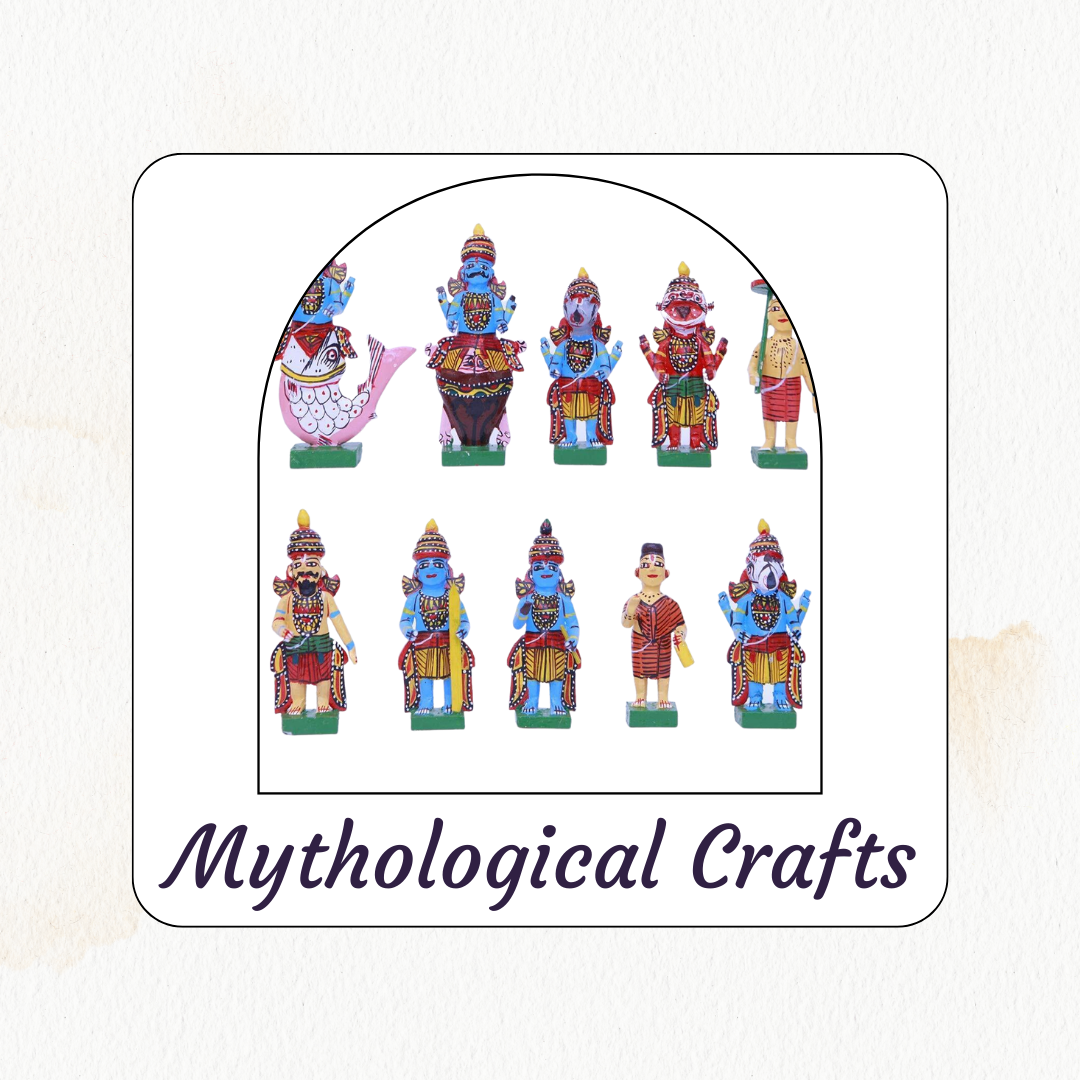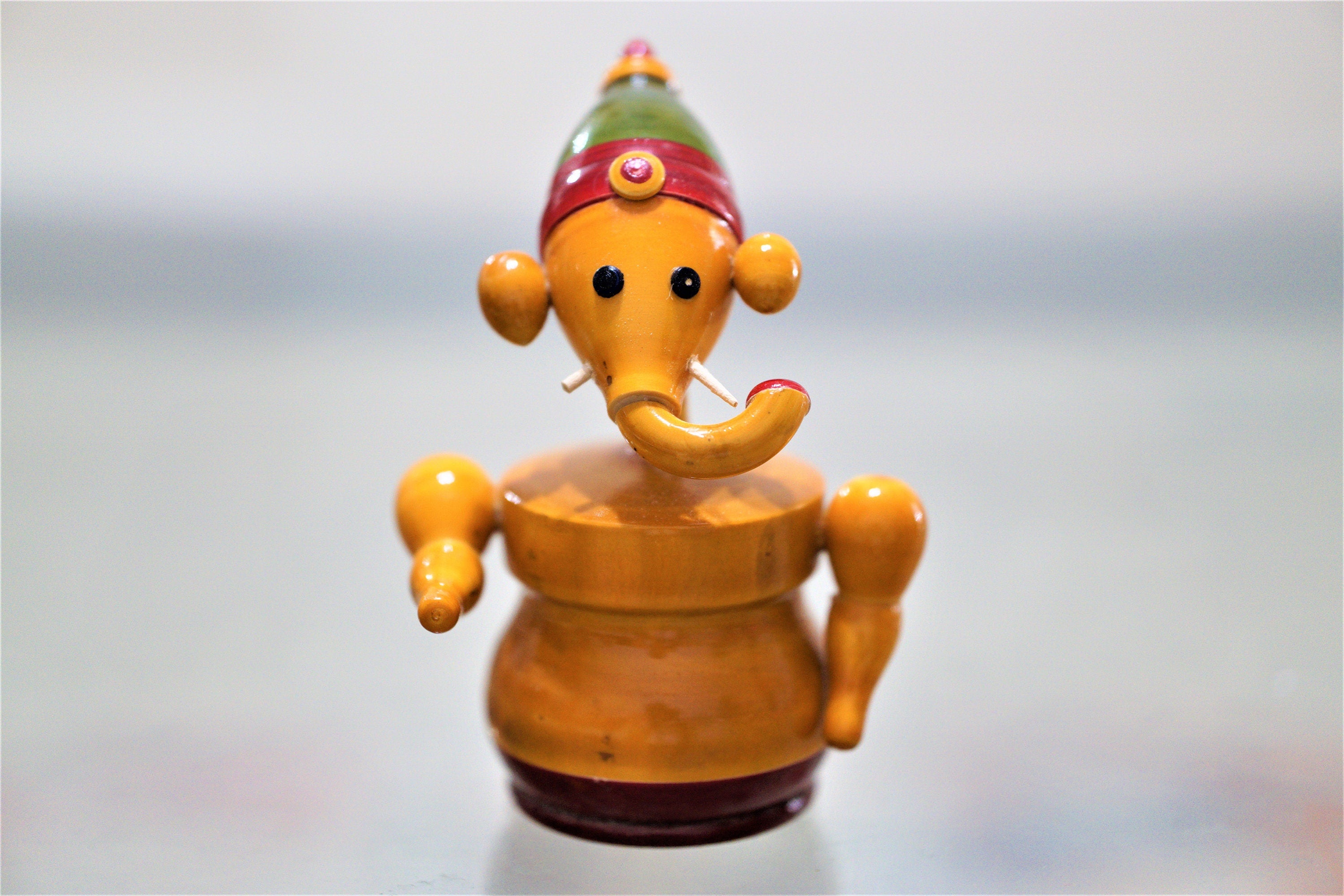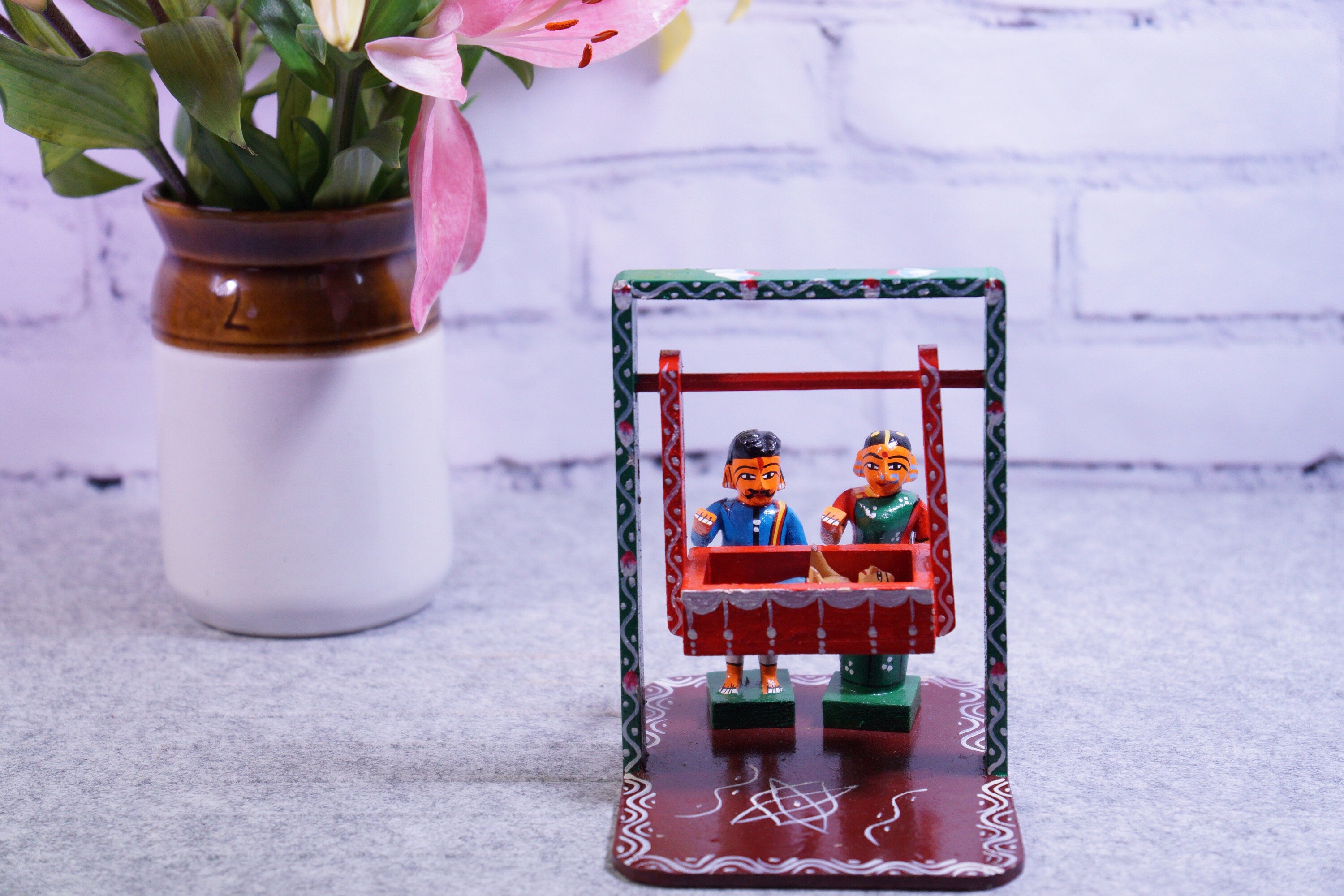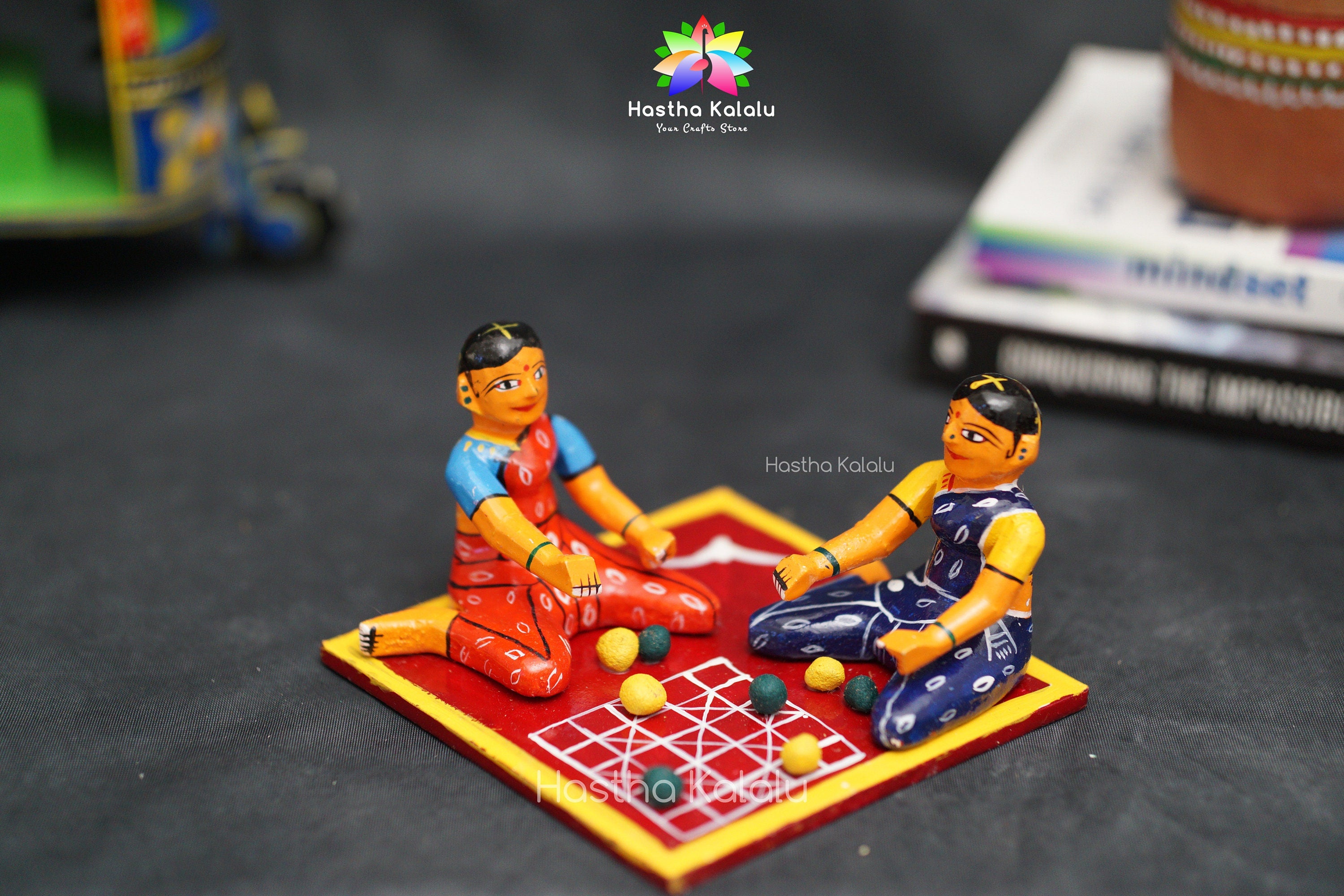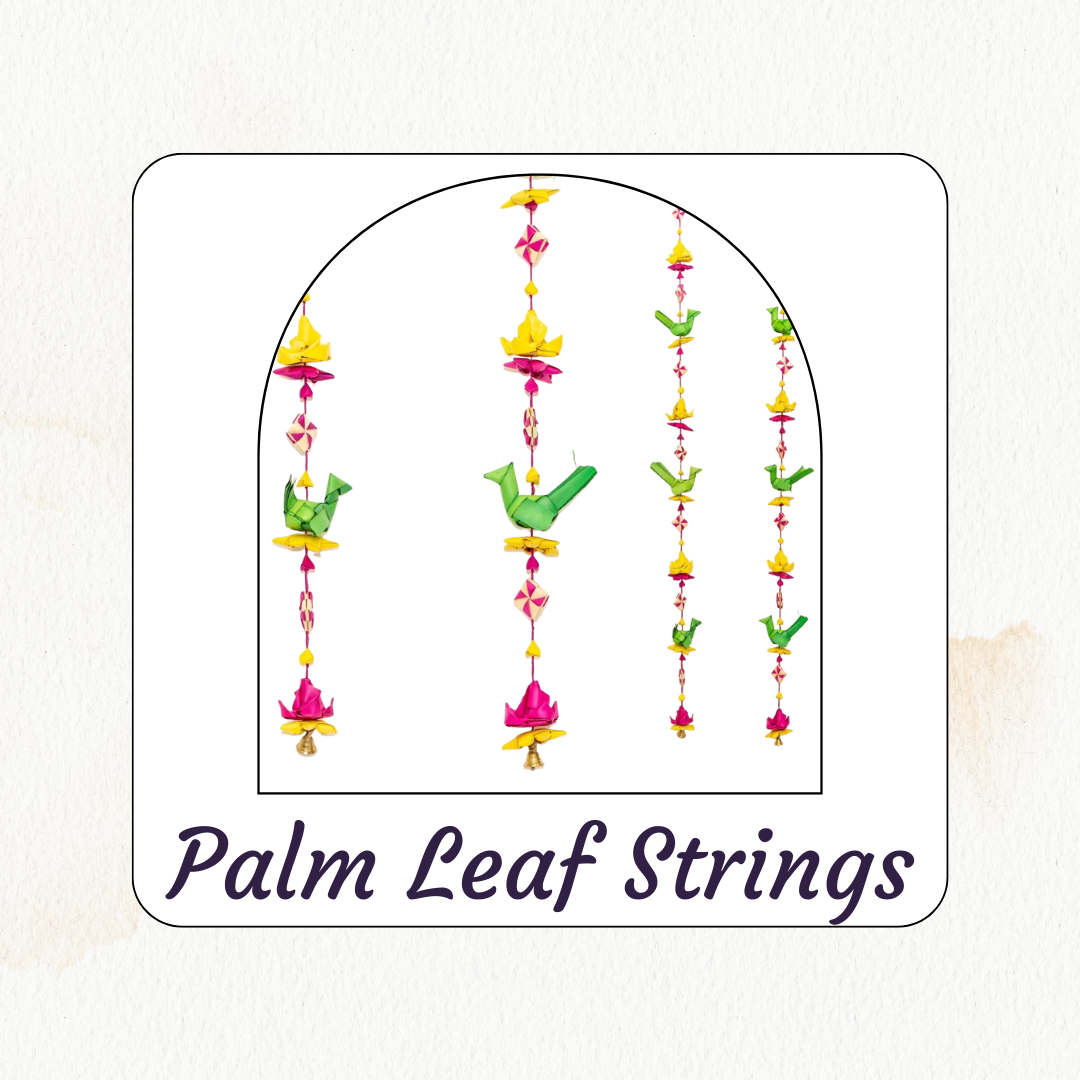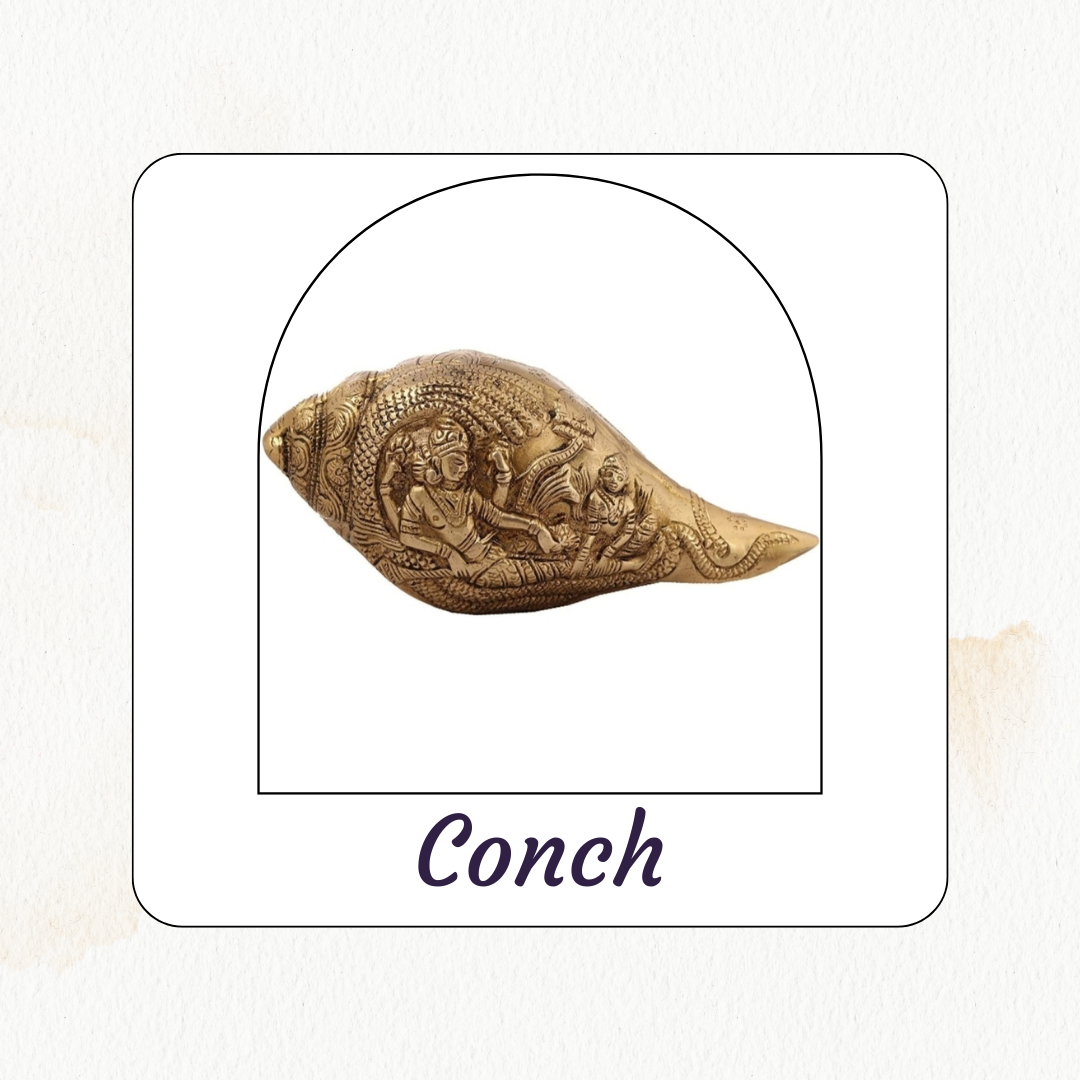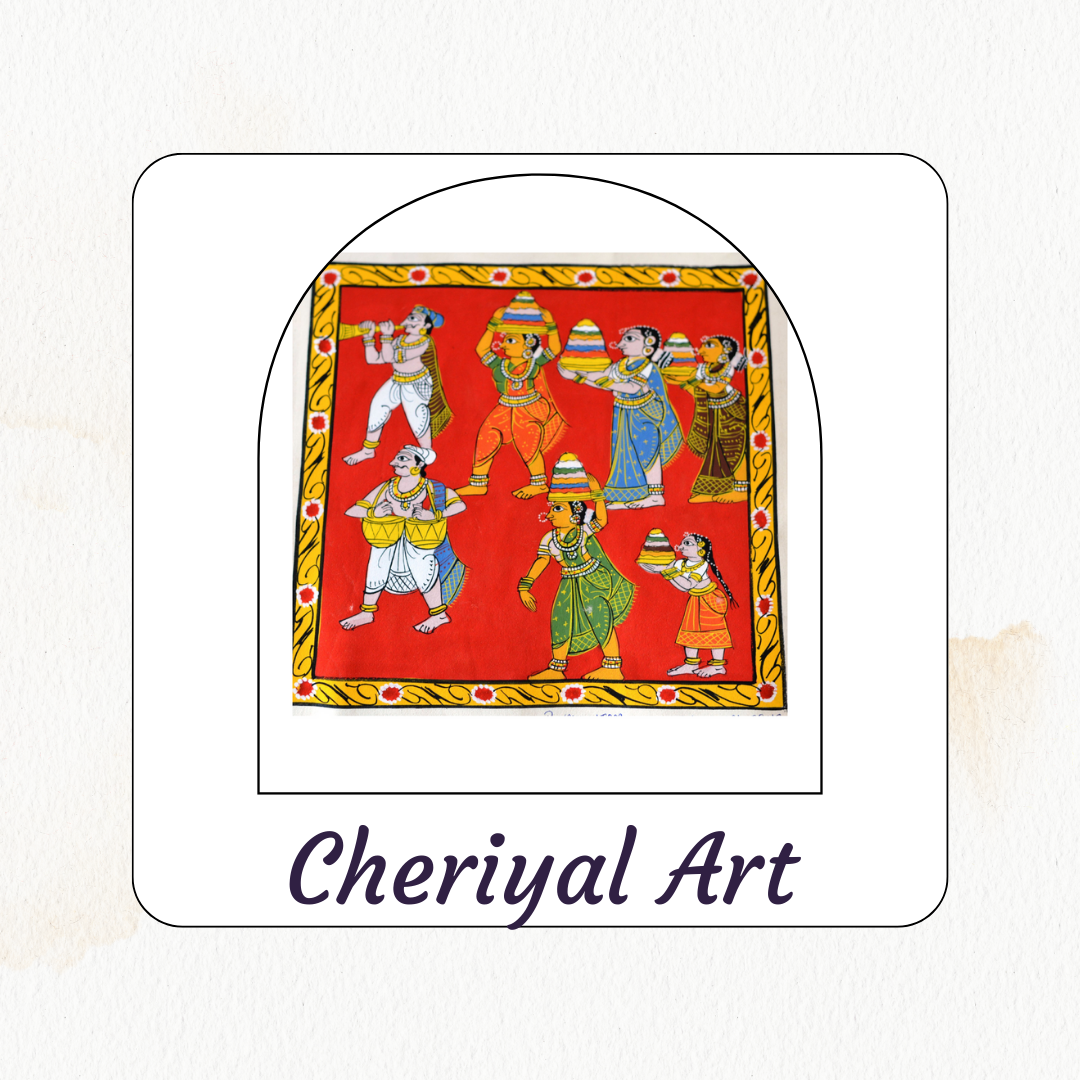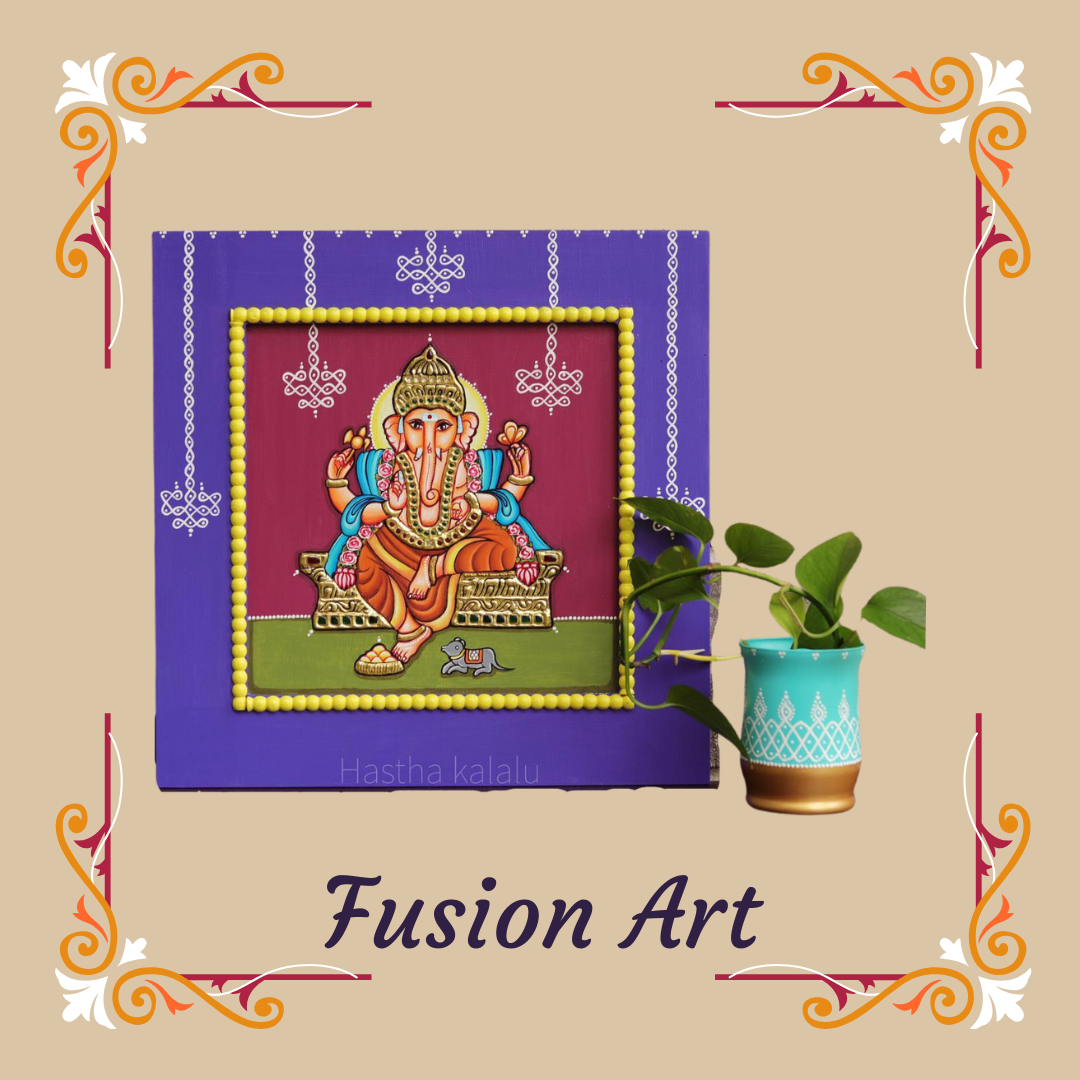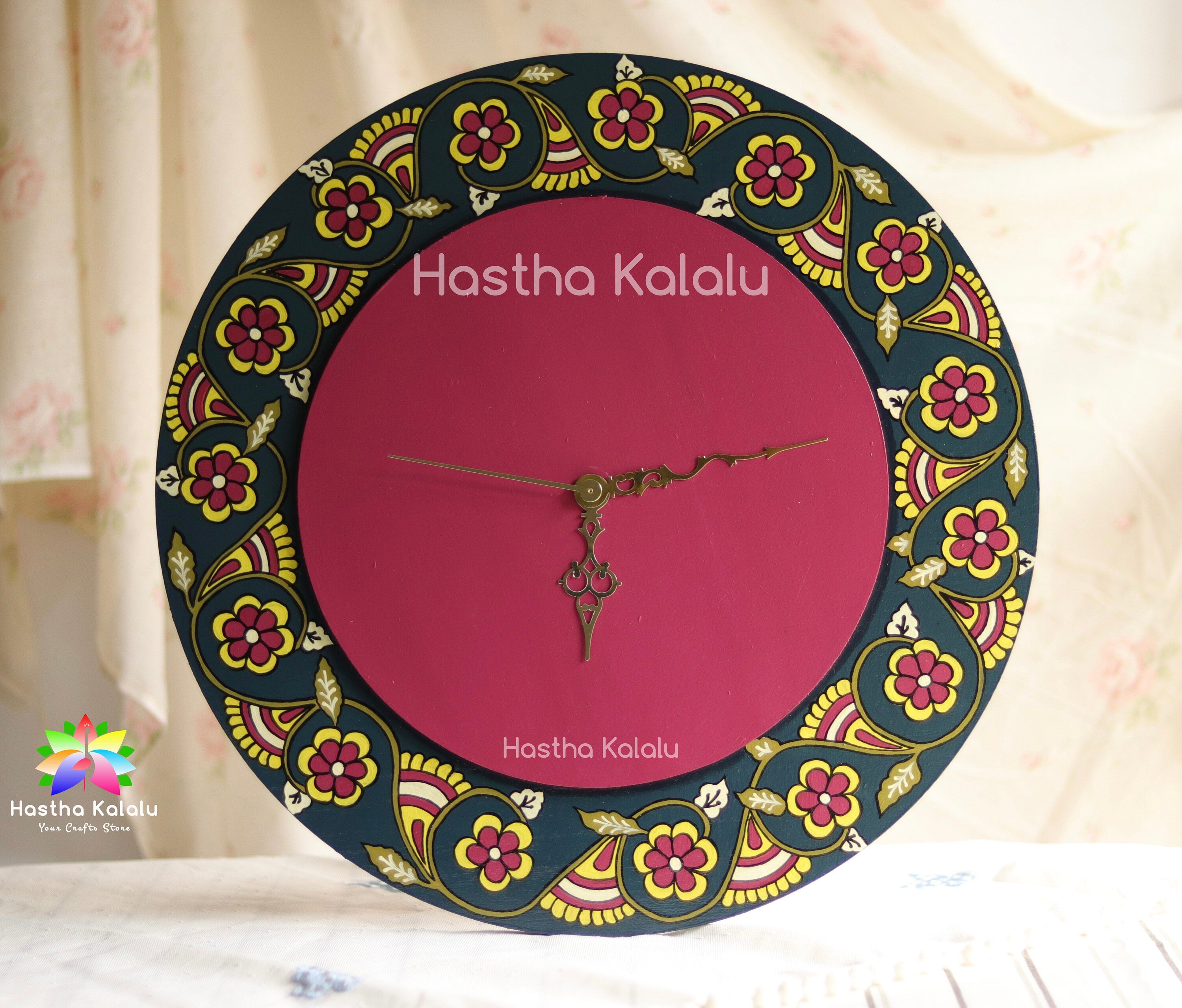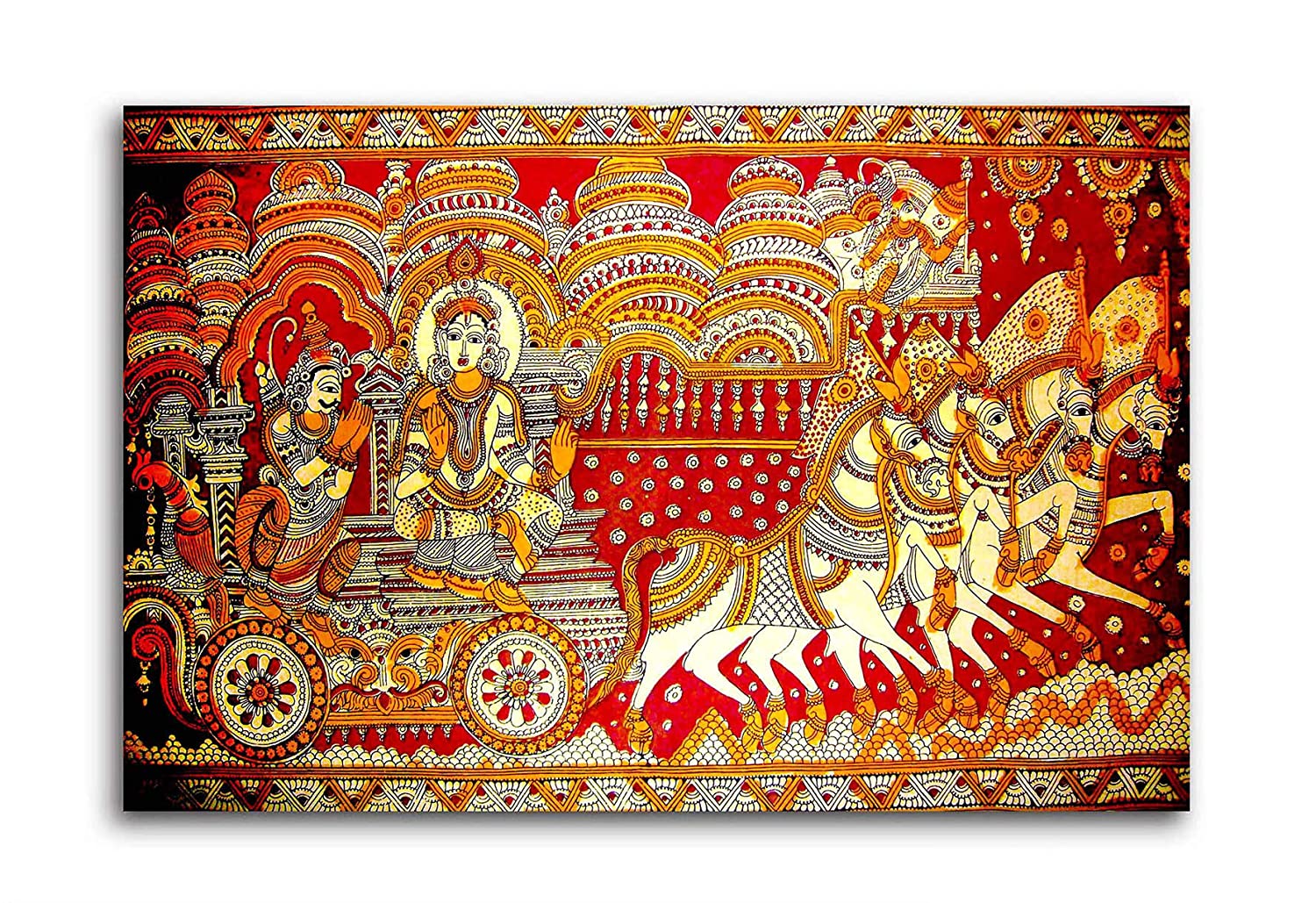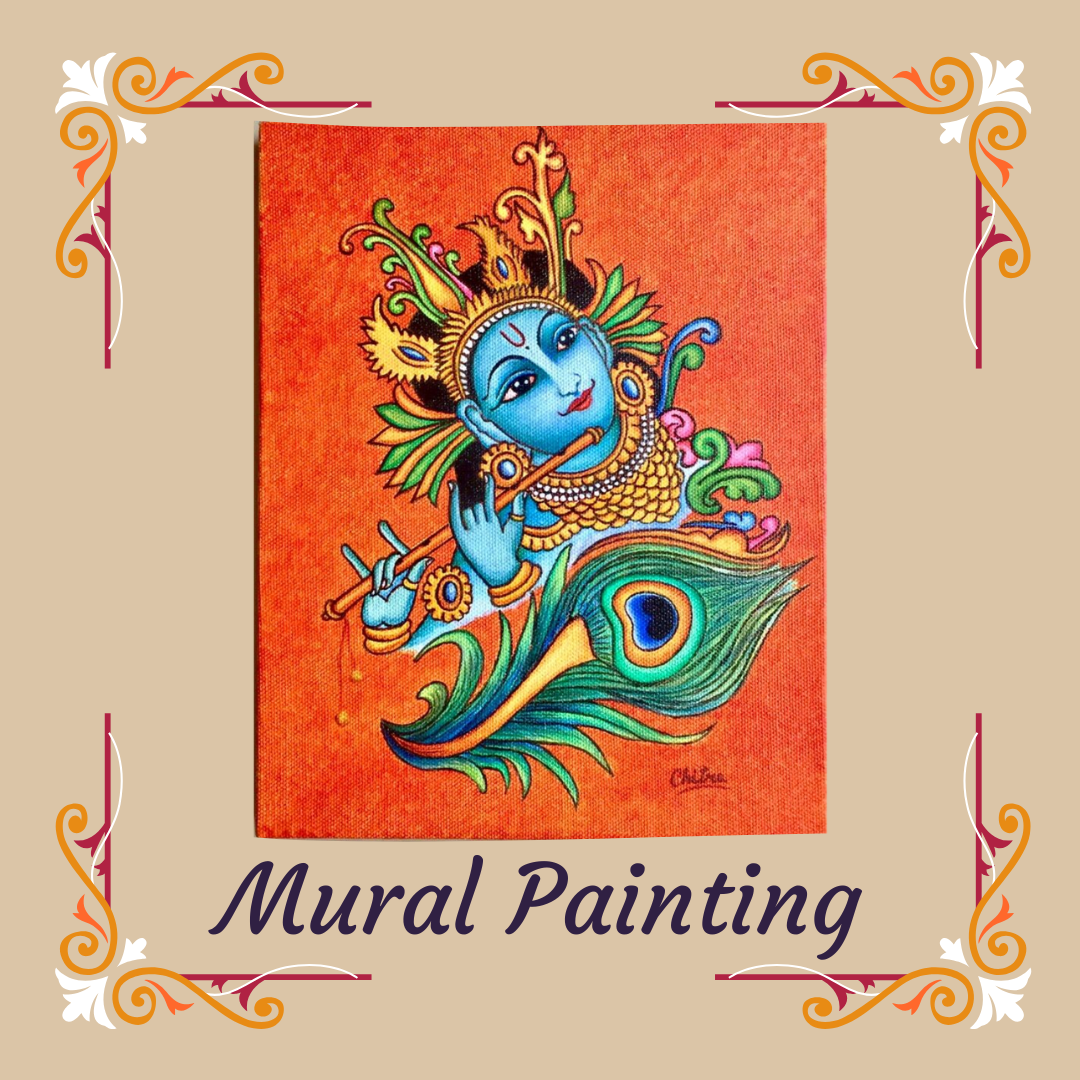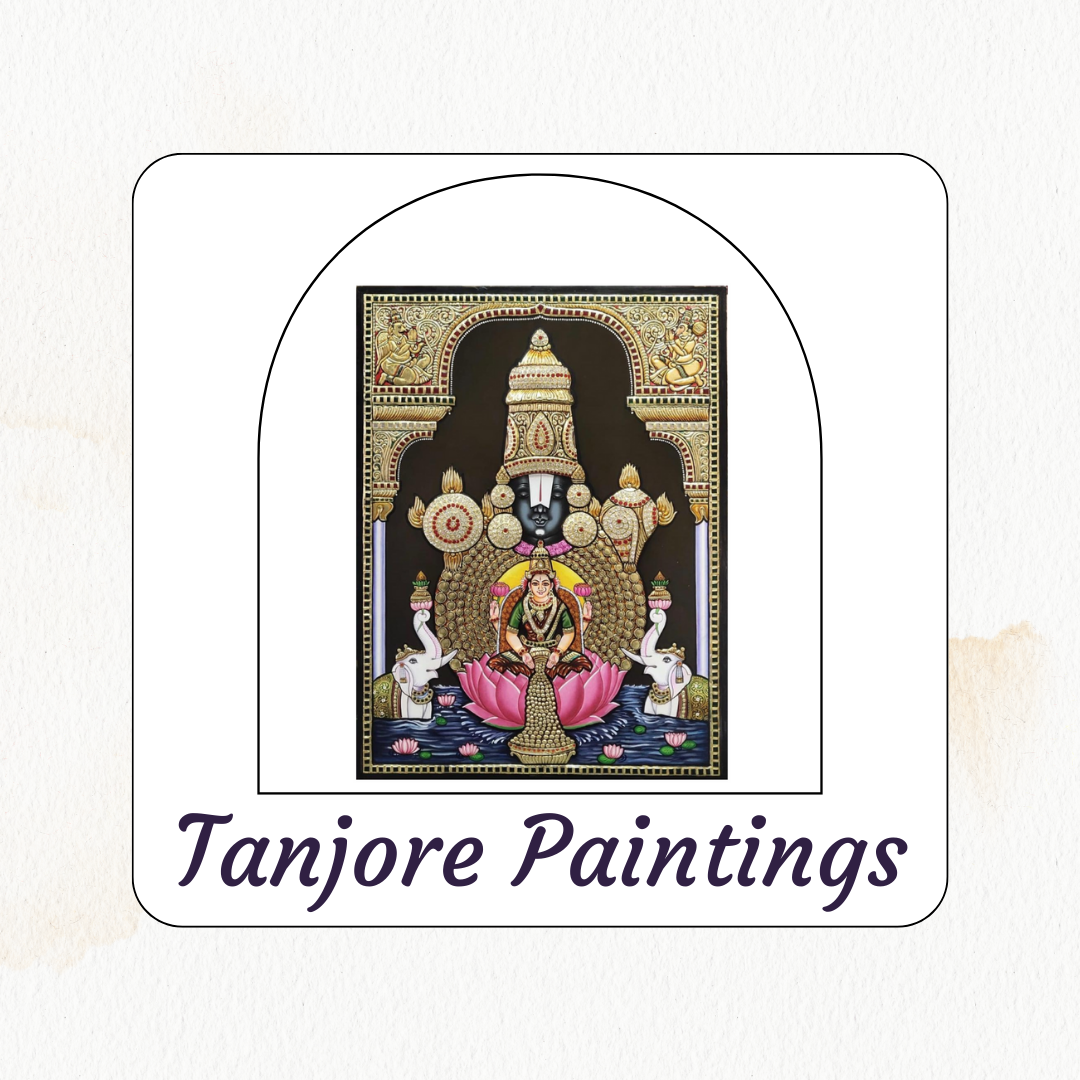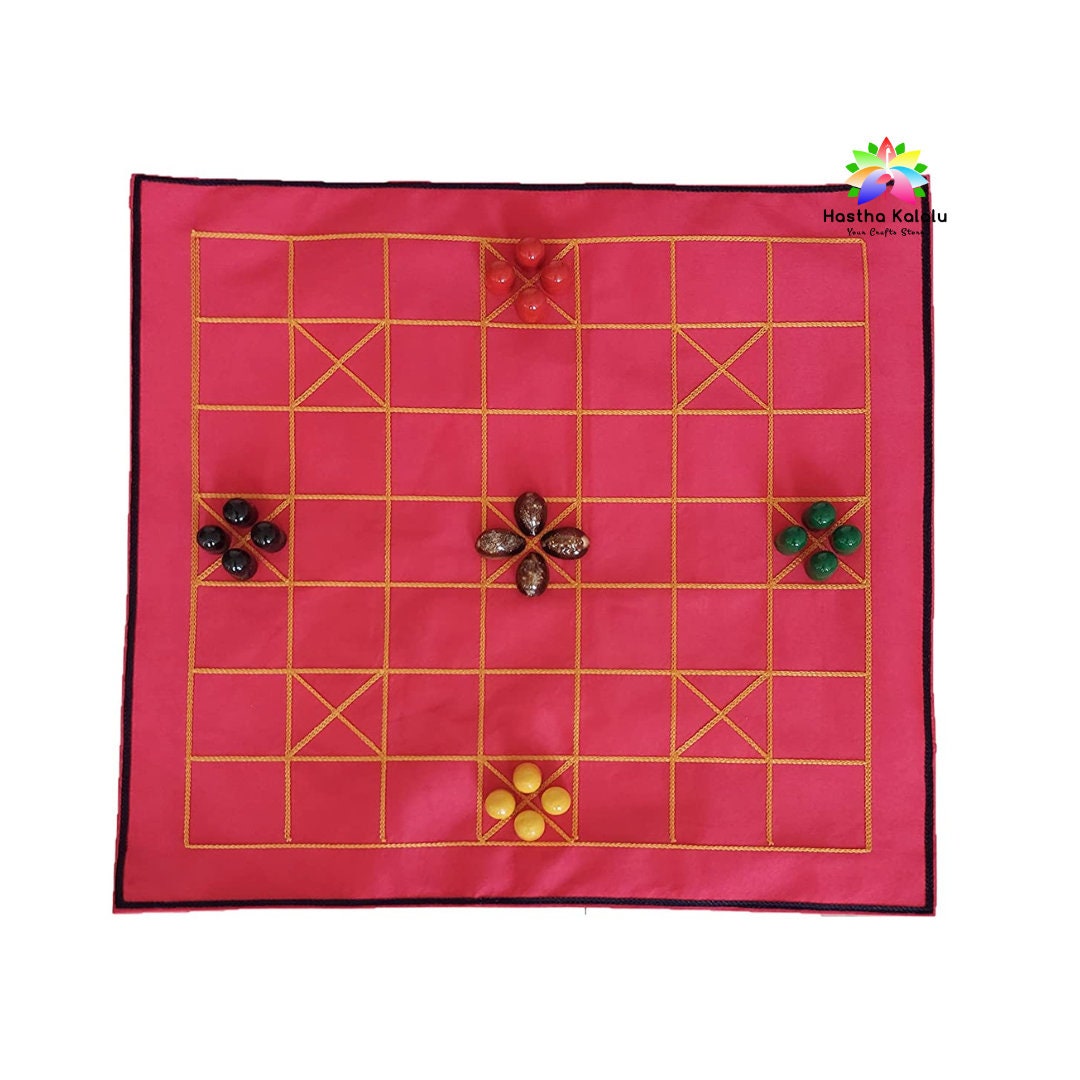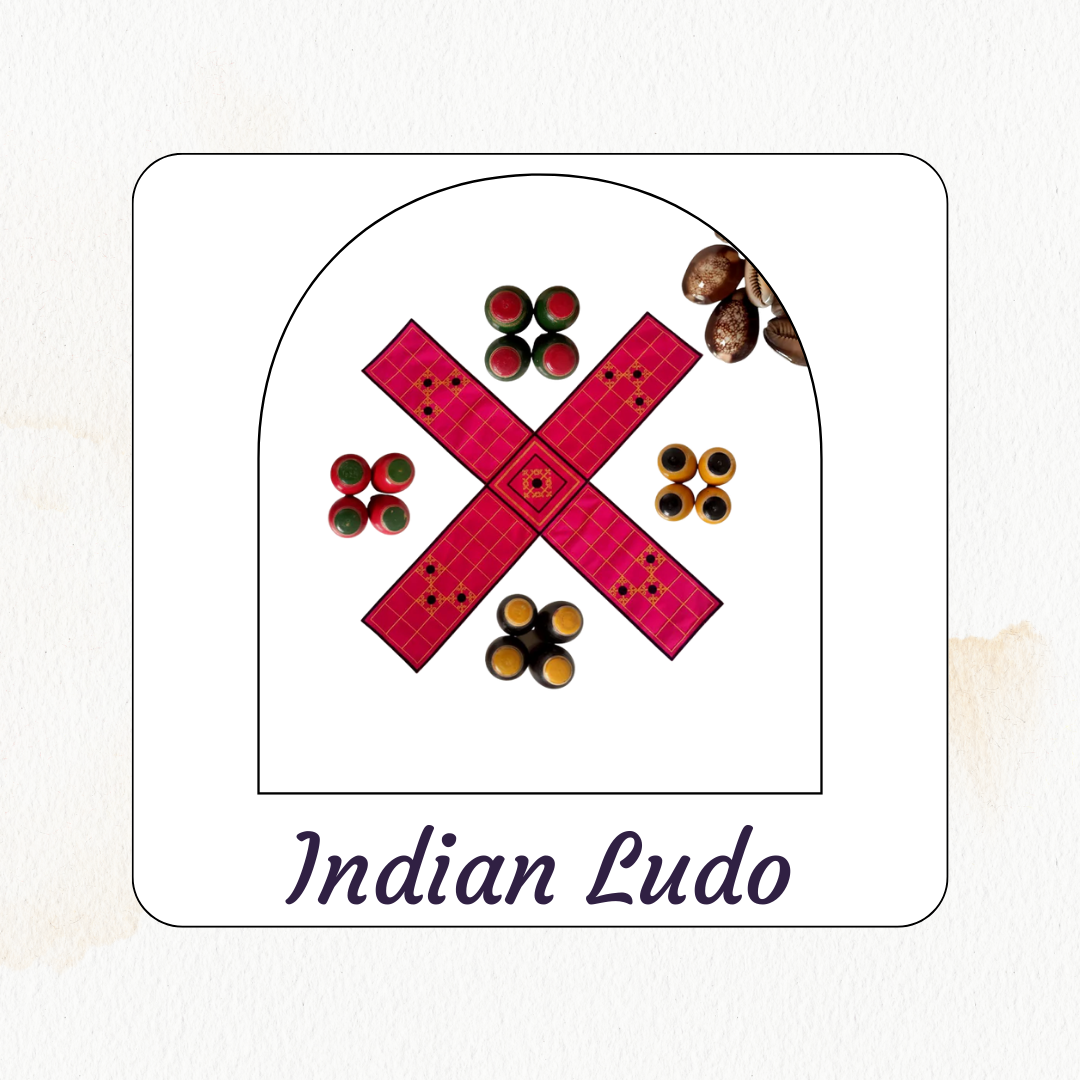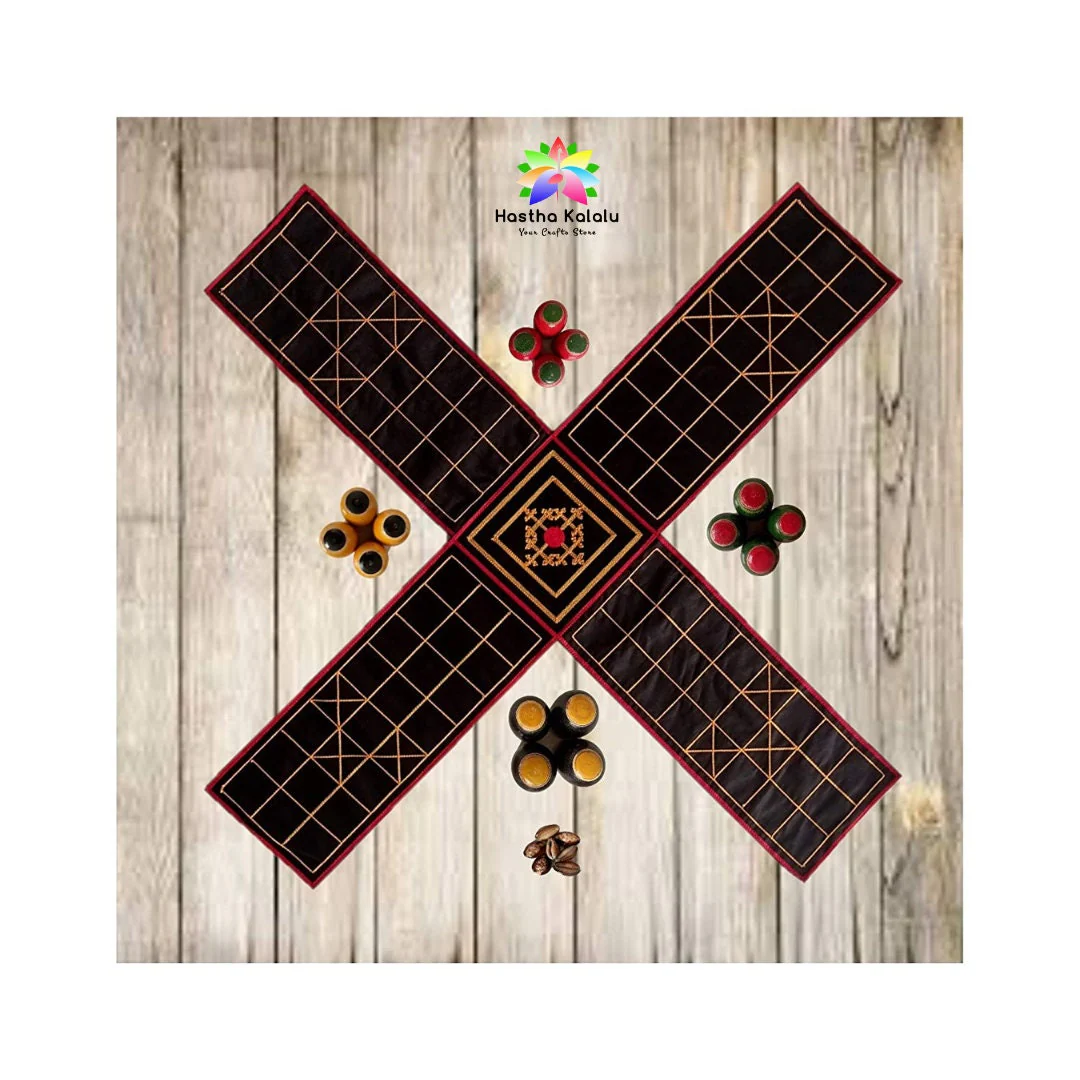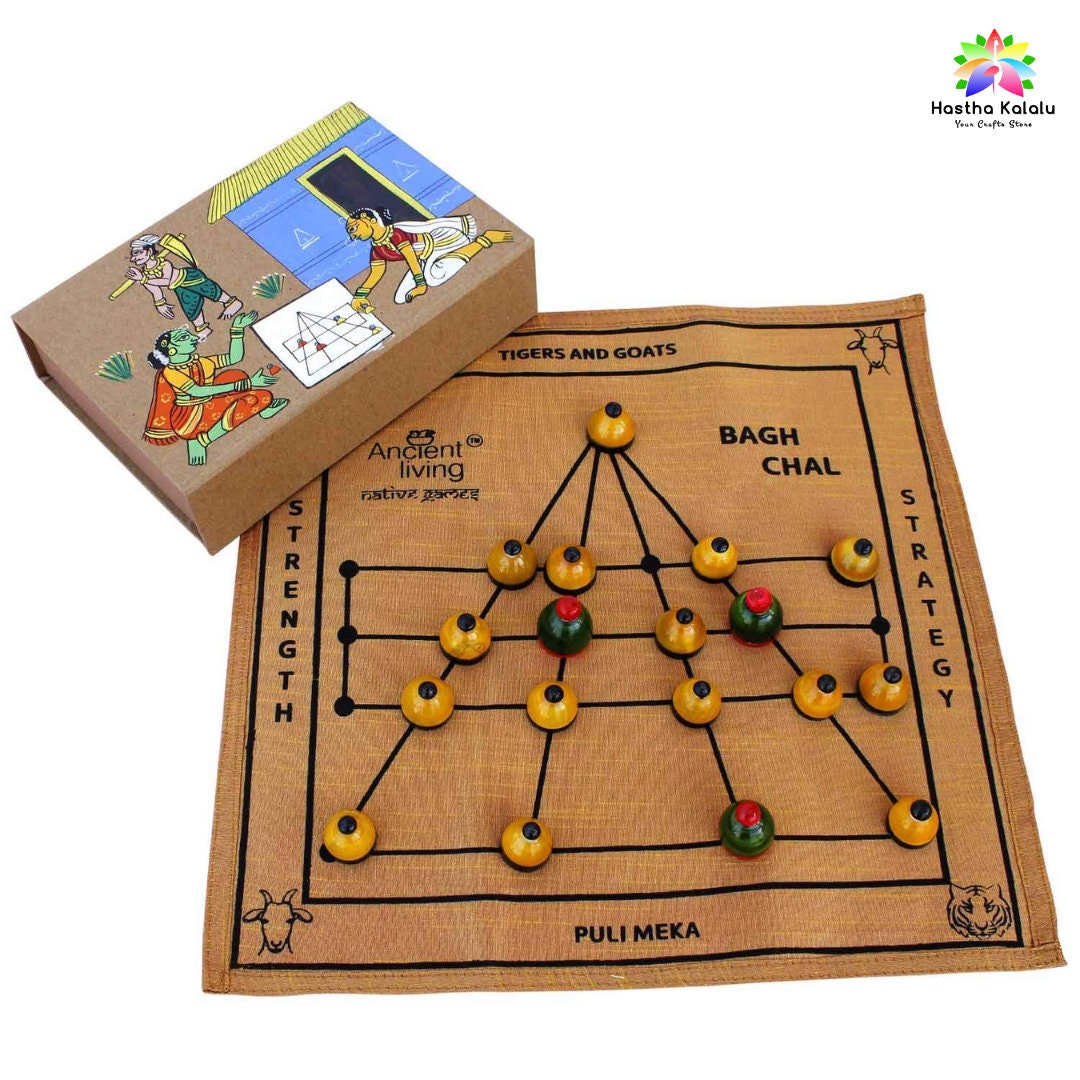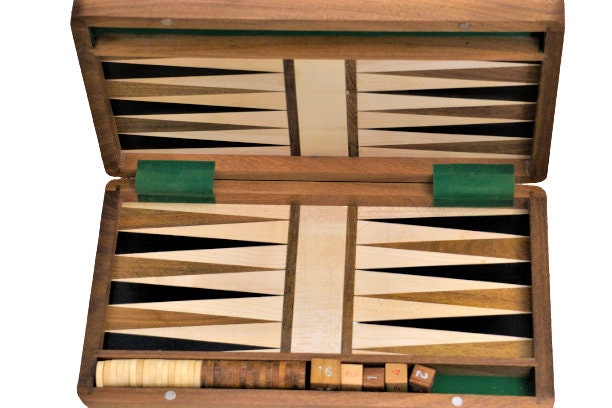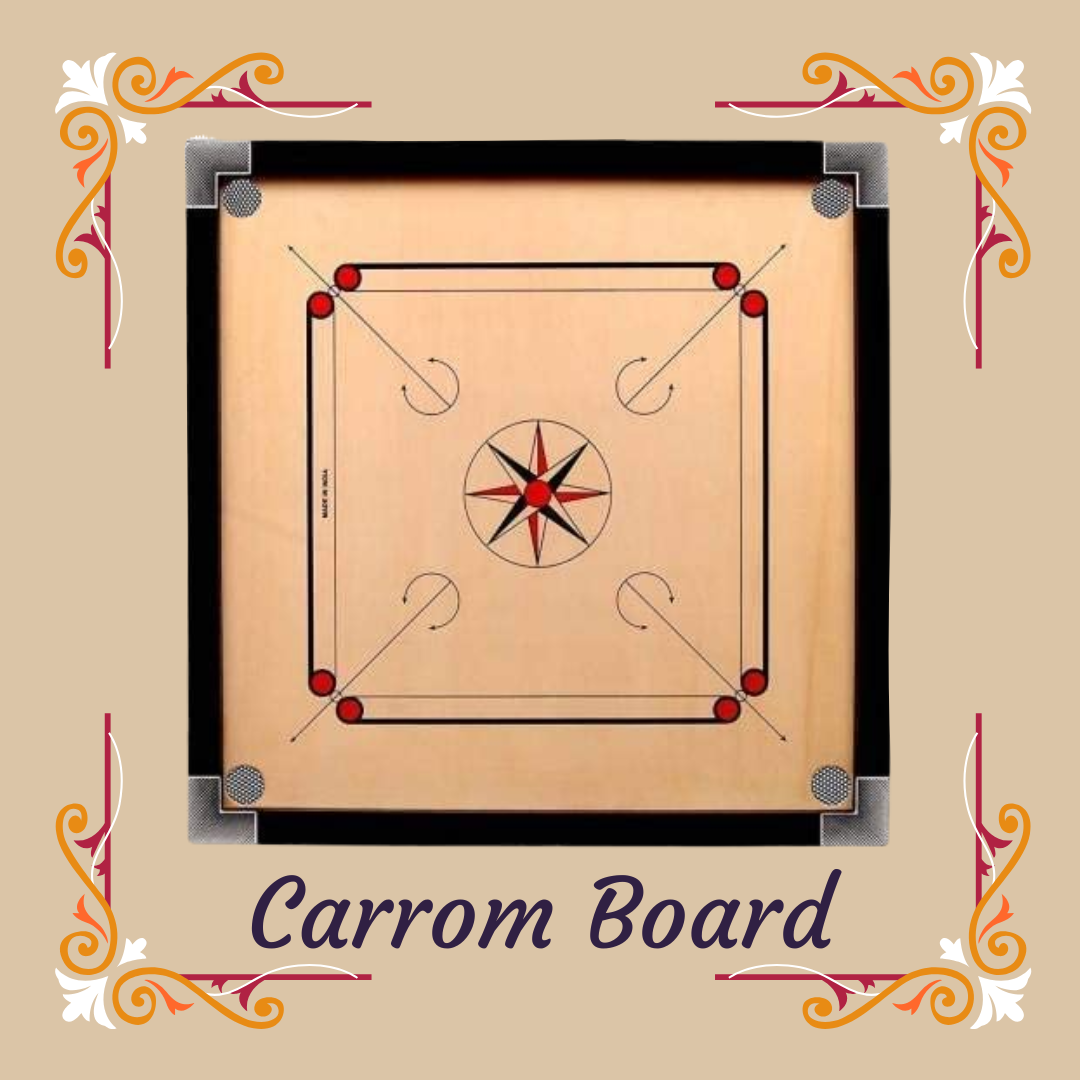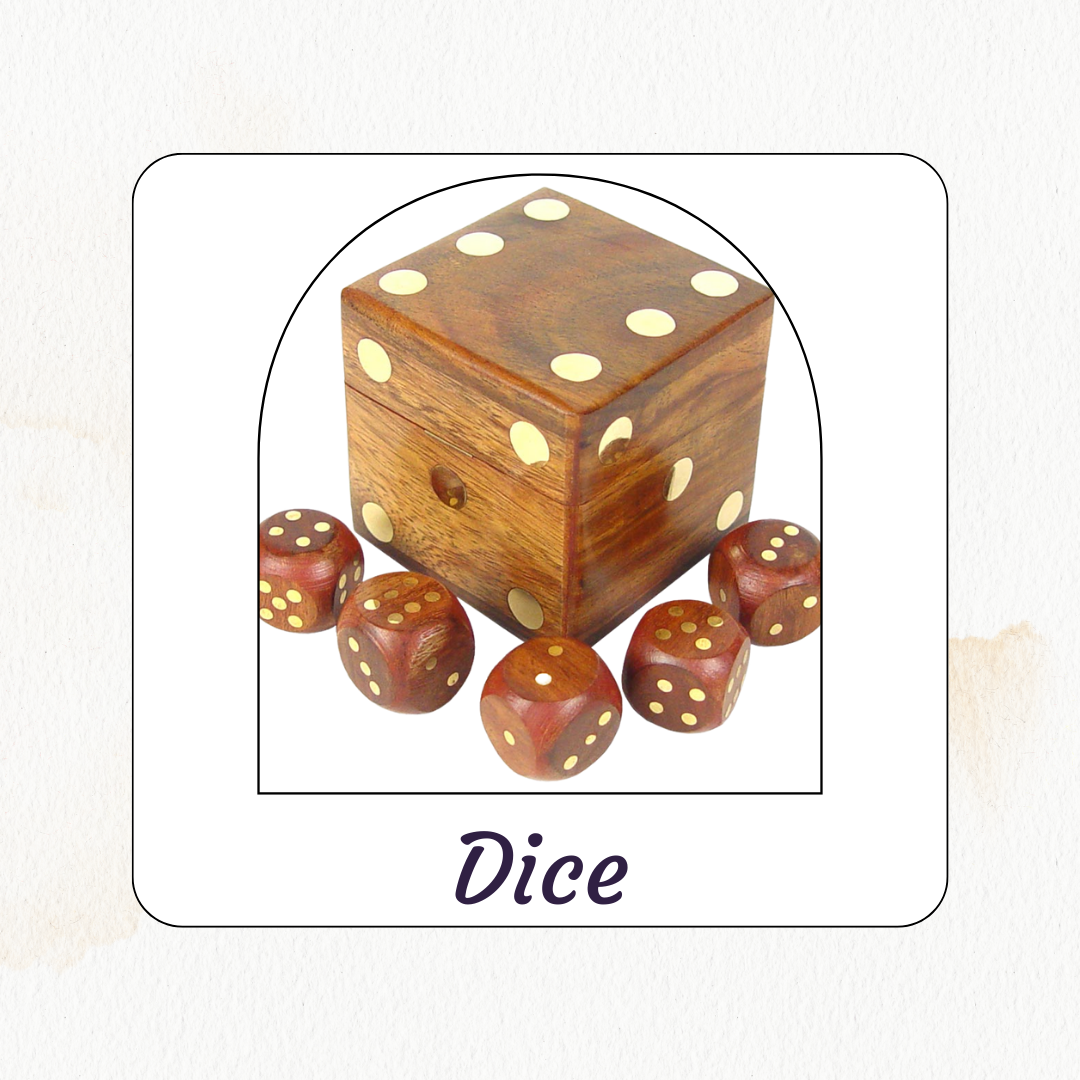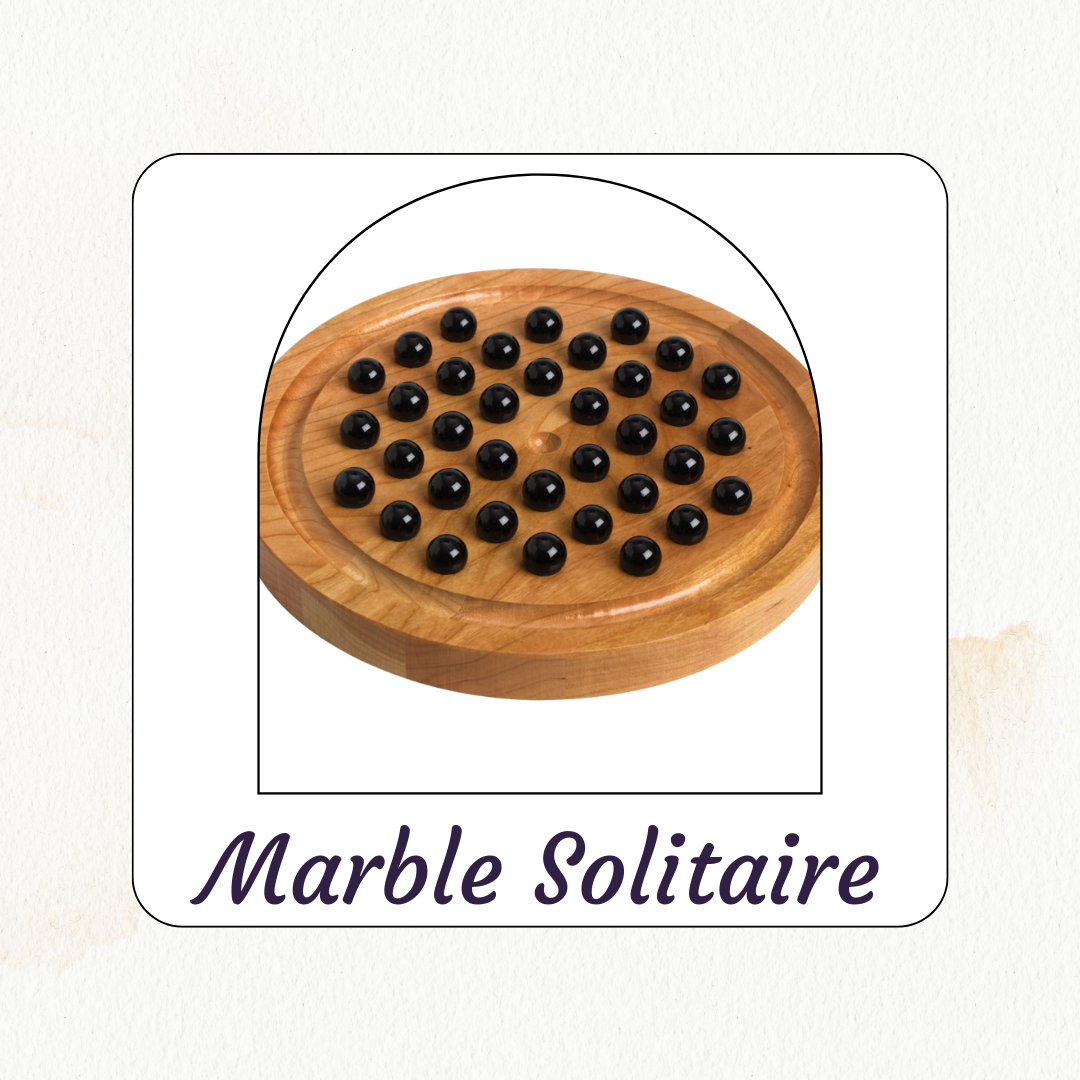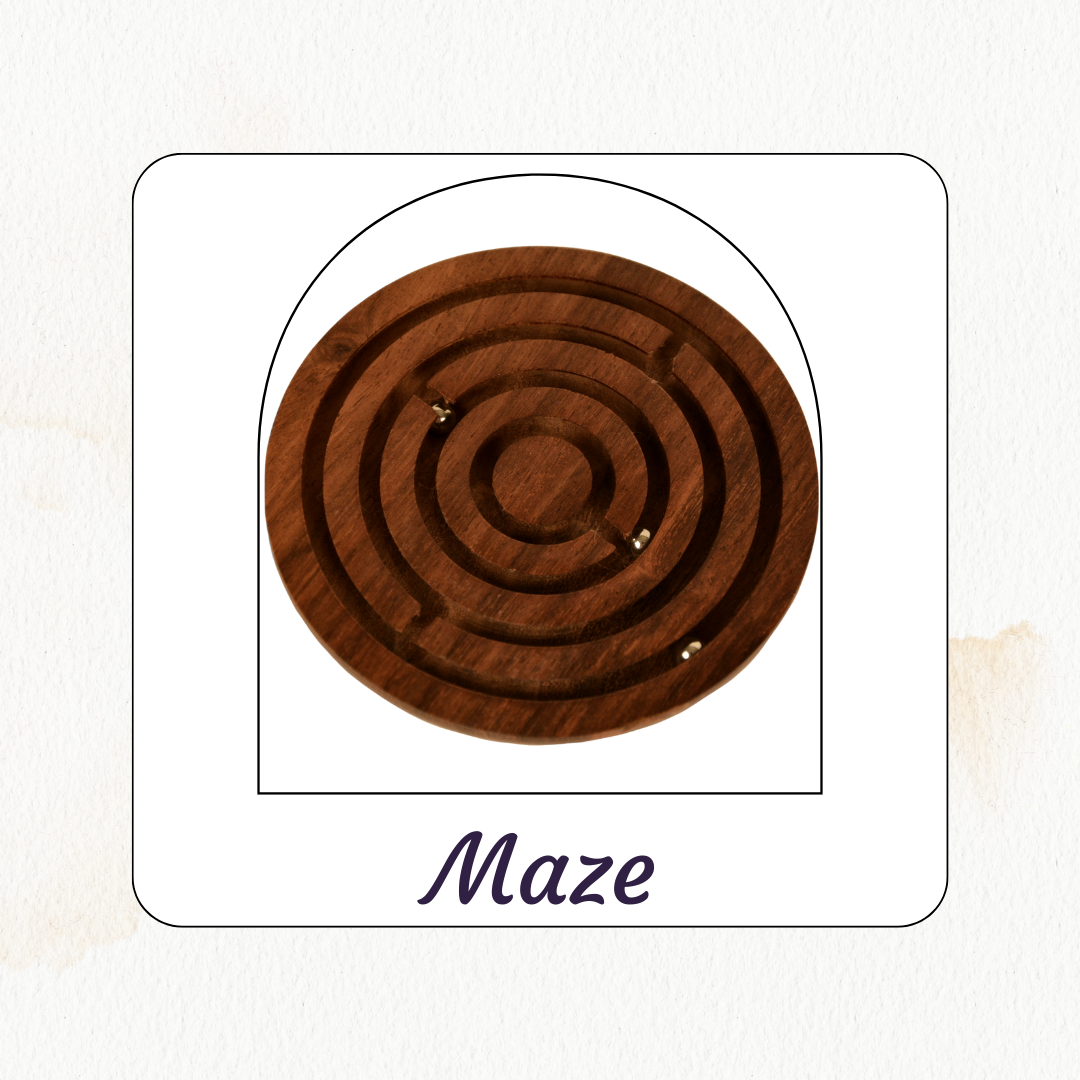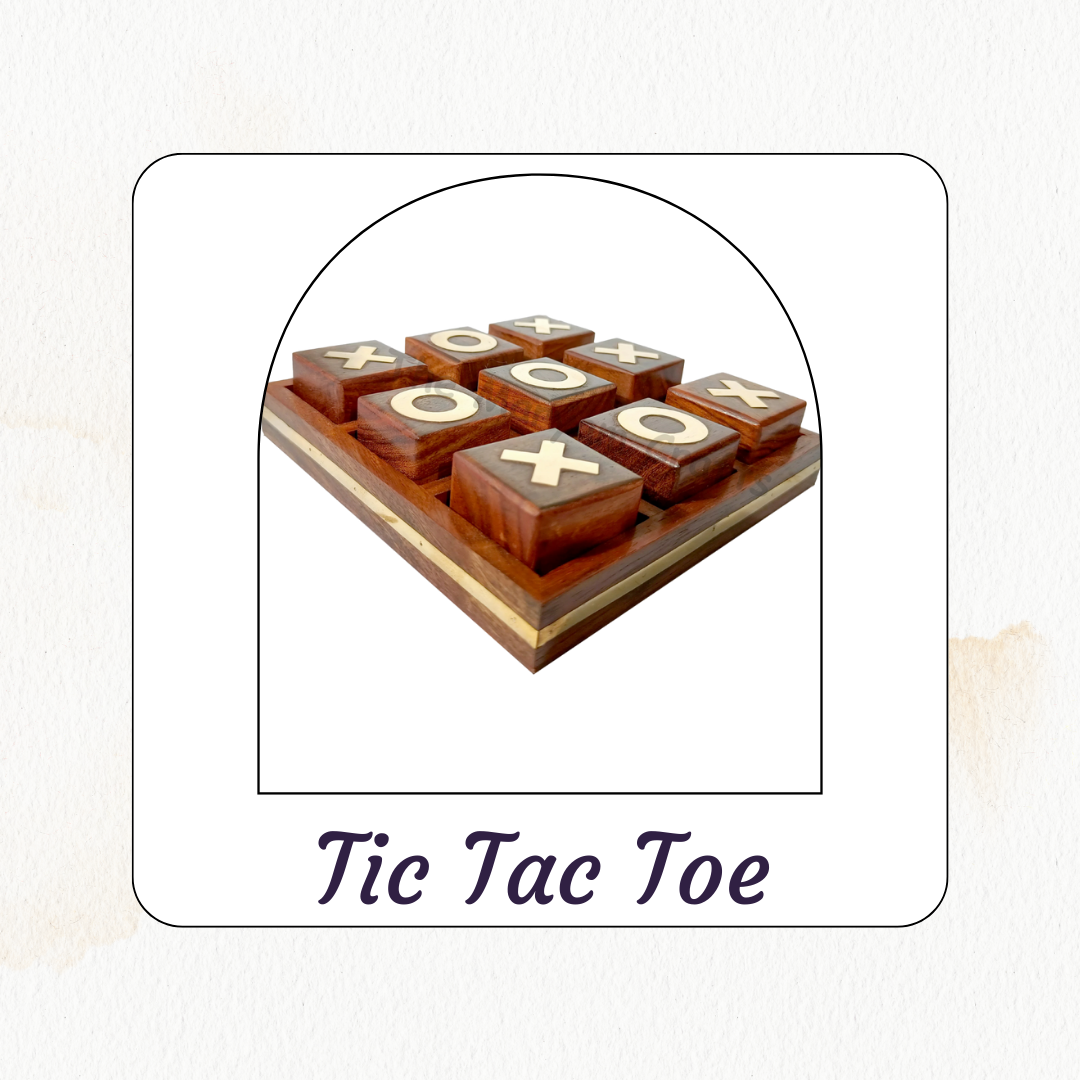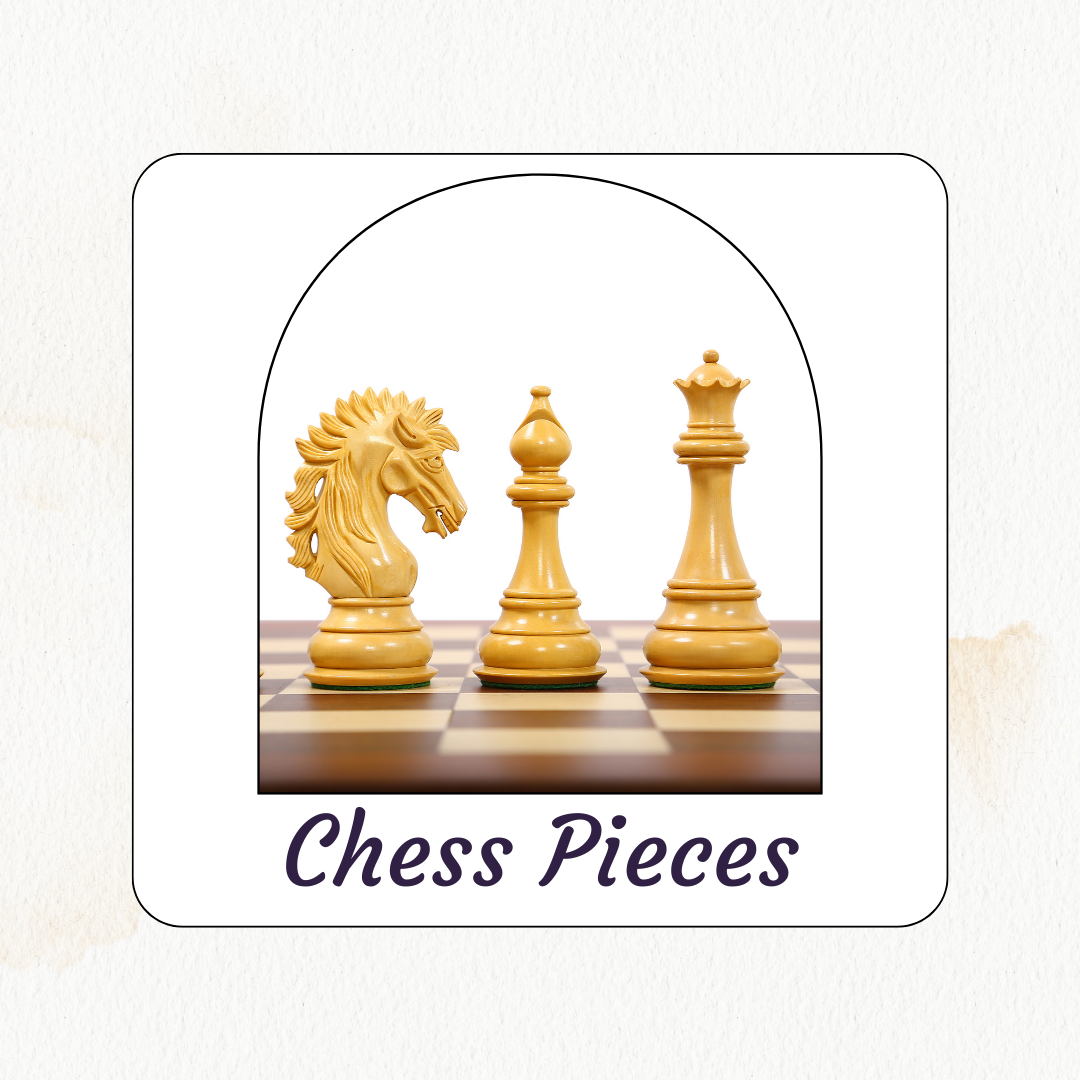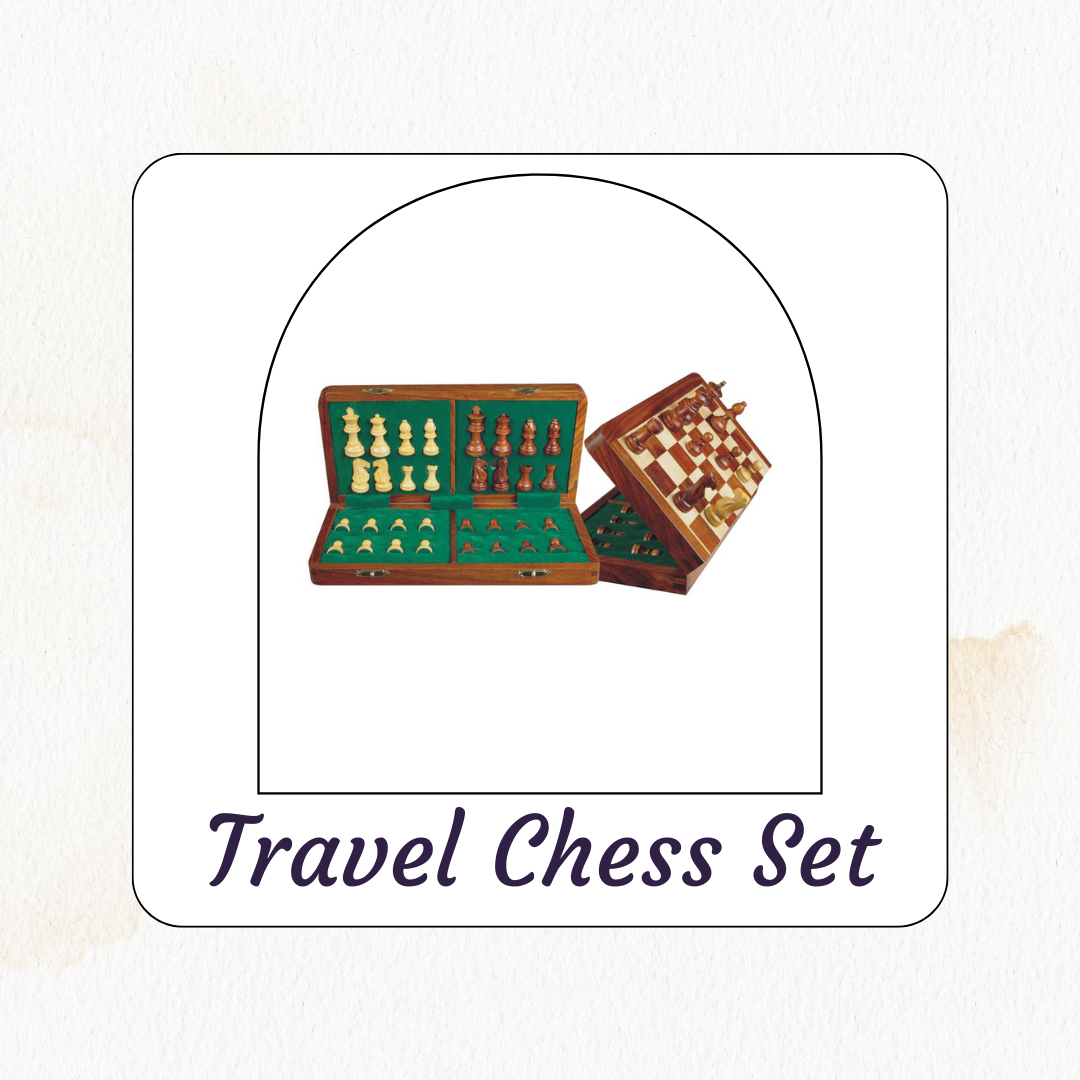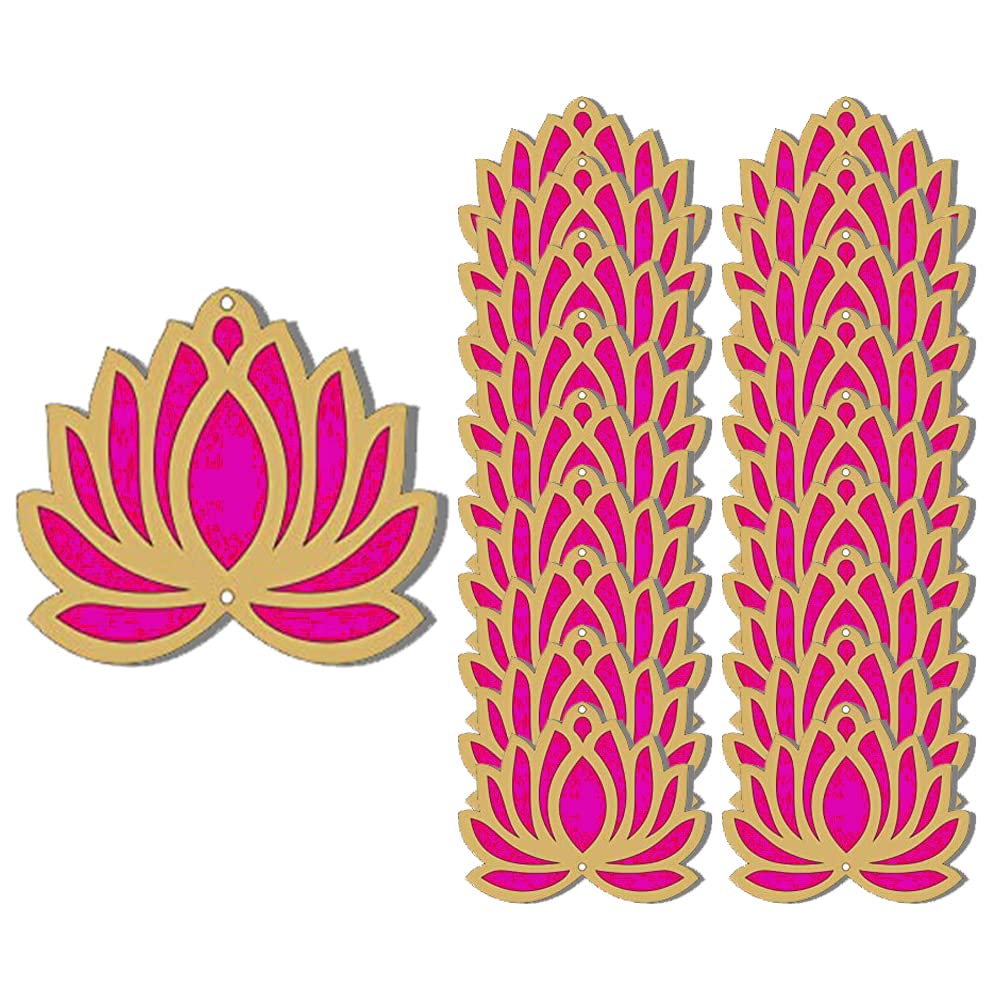Music has been an integral part of Indian culture for centuries. From classical Carnatic to foot-tapping Tollywood beats, India has a rich tradition of music that is appreciated all over the world. And one of the most fascinating musical instruments to have originated from India is the Bobbili Veena, a stringed instrument that is native to the town of Bobbili in Andhra Pradesh.
The Bobbili Veena is a type of lute that is played by plucking its strings. It has a long wooden body and a hollowed-out resonator that amplifies the sound produced by the strings. The instrument is usually made from jackfruit wood, which is known for its excellent acoustic properties. The strings are made from steel and are tuned using wooden pegs.
History and Significance
The Bobbili Veena has a long and illustrious history that dates back to the 17th century. It is said to have been invented by a musician named Sidhappa, who lived in the court of the Bobbili Kings. The instrument gained popularity over the years and became a symbol of prestige and cultural heritage for the people of Bobbili.
The Bobbili Veena is not just a musical instrument; it is also a work of art. The body of the Veena is adorned with intricate carvings and designs that are inspired by Hindu mythology. The craftsmen who make the Veena are highly skilled and are considered to be some of the best in the country.

How It's Made
The process of making a Bobbili Veena is a highly skilled craft that requires great attention to detail. It typically takes around three months to complete a single instrument. Here are the steps involved in making a Bobbili Veena:
-
Wood Selection: The first step in making a Bobbili Veena is selecting the wood. The preferred wood is jackfruit wood, which is cut and seasoned for several months to ensure that it is dry and stable.
-
Body Preparation: Once the wood is dry, it is cut into pieces and joined together to form the body of the Veena. The body is then carved and shaped into the iconic design that is synonymous with the Bobbili Veena.
-
Resonator Carving: The resonator of the Veena is carved out of a single block of wood. The craftsman uses chisels and other hand tools to carve out the shape of the resonator and then hollows it out.
-
Fretboard and Stringing: The fretboard of the Veena is made from rosewood and is attached to the body. The strings are made from steel and are attached to the pegs using a special technique that ensures that they stay in tune.
-
Decoration: The final step is the decoration of the Veena. The body of the Veena is adorned with intricate carvings and designs that are inspired by Hindu mythology. The craftsman uses a variety of tools and techniques to create these designs.
Reviving the Craft
Despite its rich history and cultural significance, the Bobbili Veena has been facing a decline in recent years. The lack of interest among younger generations and the rise of Western music have led to a decrease in demand for the instrument. However, efforts are being made to revive this ancient craft form.

One such effort is being made by Hastha Kalalu, an ecommerce store that specializes in promoting traditional Indian crafts. They have collaborated with skilled craftsmen from Bobbili to bring the Bobbili Veena to a wider audience. By showcasing this musical marvel on their platform, Hastha Kalalu hopes to raise awareness about this unique craft form and create a market for it.


Conclusion
The Bobbili Veena is not just a musical instrument; it is a symbol of the rich cultural heritage of Andhra Pradesh. It is a testament to the skill and creativity of the craftsmen who make it. By promoting and preserving this craft form, we can ensure that it continues to be a part of our cultural heritage for generations to come. If you're a music lover or a collector of traditional Indian crafts, the Bobbili Veena is definitely a must-have in your collection. So, why not check out Hastha Kalalu's collection of Bobbili Veena and support this ancient craft form?

